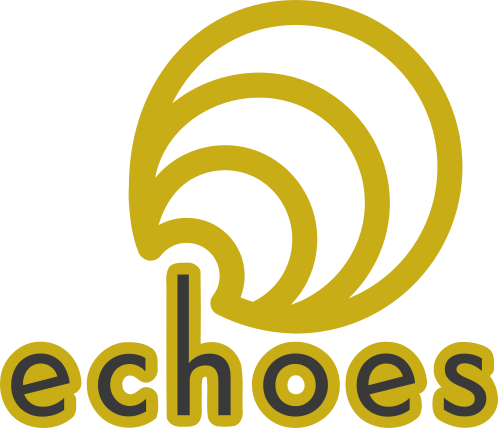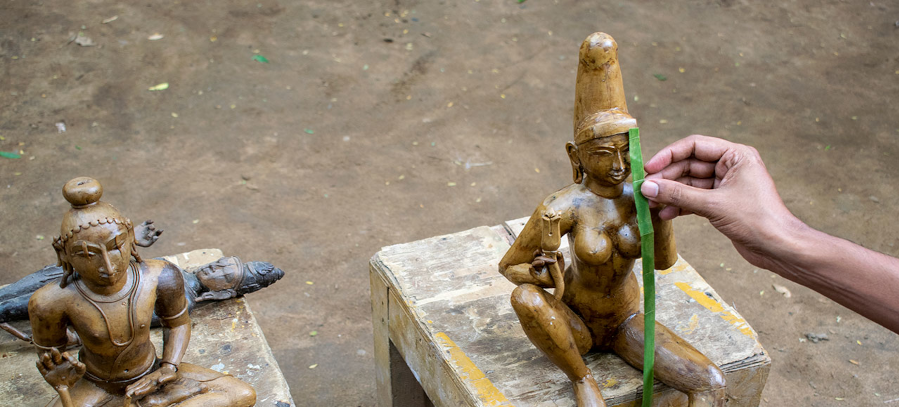Story Scapes 📽️
Archive, usually providing primary sources as evidences in an organized way, might stop its utility till providing access to pleothara of evidences by providing a set of means like catalogues, categories, digitally navigatable and explorable paths. However, interpretation of those archival evidences rests on the reading scholar, researcher or whoever interested. Thus the perspective and the resulting interpretation made by a particular individual can lead to further questions, investigations, insights, doubts, cause for discourse and further collaboration.
Organizing evidences as digital objects is one way of organizing that helps maintain the archive's or repositorie's clarity of service. However, when the organizing effort borrows a lot of mechanisms and implementations from canonical methods of organizing information, the archive becomes more standardized in structure. This structural standardization can overshadow the context of the evidence, and how they are connected or might be connected with each other across different and similar contexts.
Balancing the structural standard will require focusing on the context, themes, that emerge from the critical and investigative research work. This stages a set of possible perspectives, expressions, stories, narratives that can use the archive' s structural rigidity, while connecting, bending, shaping the archives through which contextual categories evolve over discussions and debates. This archive does not differ much to other established similar primary source archives when it comes to adhering the structure to open standards. However, the question of whose archive is it going to be about constantly reminds the organizers and maintainers of this archive to keep the repository available to write stories, ask questions, and approcah it with an investigative mindset.
The stories that come up during the meetups organized in the form of workshops, conference, long term engagement and collaboration between scholars, and their questions. This social process of constant dialogues and discussions give rise to more questions, and insights than the what the collaboration and cooperation, initially intended with. Thus every story has the possibility to connect it with other stories as well, and ofcourse to related evidences, explorative features, etc.. primarily for the readers who land at the stories.
The Stories are collectively organized under some thing called "Story Scapes", which again lists several "Storylets". So conceptually, these storylets can be part of several story scapes, and can connect to other storylets. Instead of taking a standardized vocabulary like articles, long reads, I have made the exhibiting (expressing) part of the archive to represent underlying documents plainly as storylets.
For instance, one can see, that the adjoining Table of Content lists the major story scape, in this case Medieval Chola Scape, which again constitutes several other storylets such as Tinnai School, Perpetual lamp, ... Temple as an Archive.
Archives have the potential to empower individuals and communities by providing them with the means to tell their own stories and assert their own identities.
- Michelle Caswell

